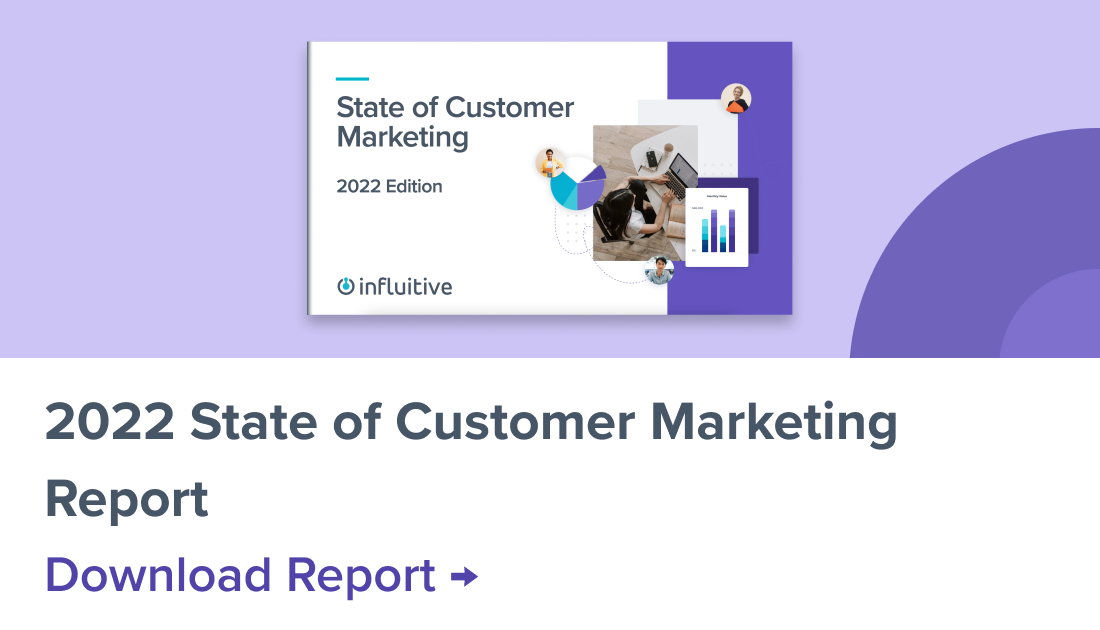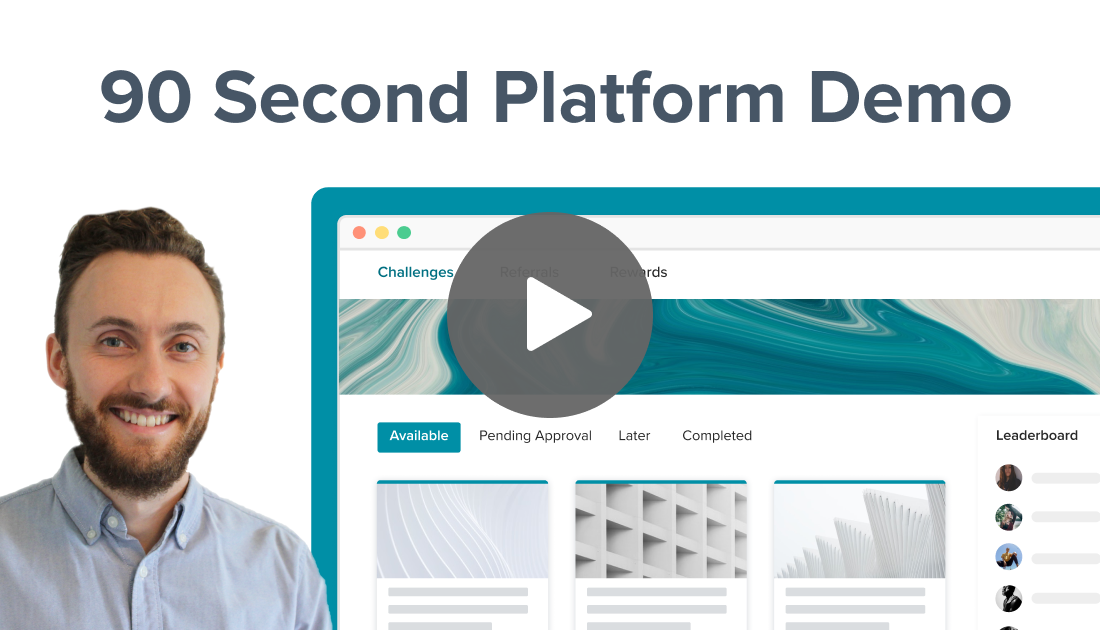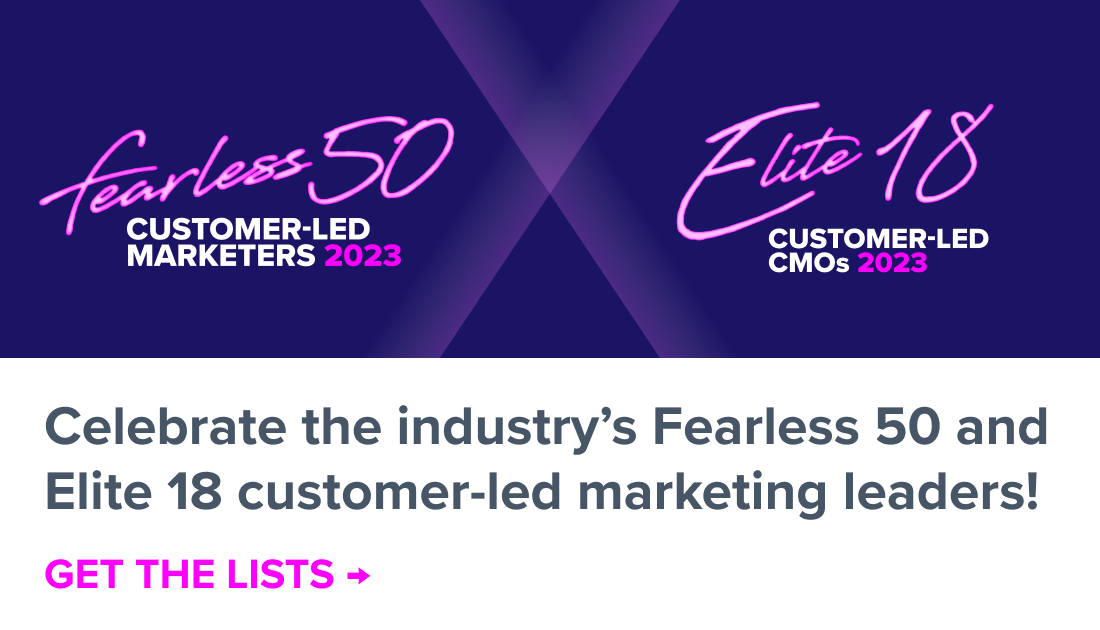Taking an advocate community global can be daunting for many organizations. Building and implementing a strategy to connect almost 2,000 advocates speaking multiple languages spanning more than 40 countries has been challenging to say the least.
Through this process, the number one lesson I’ve learned is to utilize best-in-class tools to connect and enable your advocate community. Then listen and learn. What your advocate community will create and share—these little moments of wonder—will astound you. And they will help shape the culture of your business.
At SMART, we are fortunate because we work with teachers, who are inherently always looking to learn, share, grow and spread their knowledge. However, many of the lessons we experienced on our journey to create a global advocate community are not unique to teachers or school leaders. The lessons can apply to anyone trying to create advocate communities across countries, languages and cultures.
As the CMO of SMART Technologies, I’d like to share with you four main principles I’ve used to guide the success of the program.
But first, I’d like to share a story about how our most passionate advocates floored us with their innovation, kindness, and ability to foster connections across the world.
How our advocates are changing the world
It all began with three educators who met through our SMART Exemplary Educator program.
The educators and their classrooms, which include students from different age groups in Canada, the UK and the US, decided to join together and launch a program to teach students about teamwork and problem-solving through collaboration. The problem they wanted to tackle was helping students in the Dominican Republic who had difficulty doing homework at night because there was no light after the sun went down.
I know what you’re thinking…most kids don’t want to do homework. But these amazing students wanted to learn—they just needed a solution to make it work.
So our SMART Exemplary Educators and their three classrooms decided to tackle the formidable task of building lights that do not require electricity so they could help the students in the Dominican Republic. And SMART’s software provided a collaboration forum in a shared workspace where they could draw diagrams together, comment on each other’s formulas, and solve problems in real-time.
The results of this special collaboration project among our advocate community was much more than a work of wonder for the students. The lights for the Dominican Republic helped shape and change a community. And in turn, the students and teachers on both sides of the project collaborated and worked together across time zones and multiple barriers and learned a little about engineering, science, and global sourcing.
None of this would have been possible without our advocate marketing program, which helps connect passionate teachers from around the world with each other and empowers them to use our technology to create incredible projects.
Now let’s dive into my top four principles, which I hope will guide you if you’re looking to expand your own advocate marketing program globally.
1. Understand the core characteristics of your user
To successfully launch a global advocate marketing program, the first requirement is to articulate your vision and determine what type of program makes sense for the people you’re trying to attract to your brand.
Dig into the truth of who your customers are to understand what they want to hear, and what they want to say. At SMART, our Smart Exemplary Educators (SEEs) are the beating heart of our organization. Their successes are our successes. We do everything in our power to support and celebrate that.
Teachers are inspiring, and perhaps unique in that they don’t need to be incentivized to connect to one another. What keeps them awake at night is how they can be better teachers. They have a natural desire to want to learn from each other. Our advocate marketing platform, Influitive’s AdvocateHub, has helped us to gamify and scale our teachers’ experience engaging in conversations with each other.
2. Inspire your employees to step up with a compelling vision
Once you have a clear vision of who your advocates are and how your program will appeal to them, the next thing to do is get buy-in across the organization. The only way to make an advocacy program work is to have everyone in the company on board and involved.
Everyone can play a role in finding customers to participate in the program, learning about them, listening to them, making sure they’re having a great experience with the company’s product or service, and giving them a platform to share their voice with others.
If you’ve inspired your employees with a powerful vision of your program, they will step up naturally and want to be part of the team to execute this vision. It’s hard to describe how the cross-functional advocacy team happened at SMART, because it was a pretty organic process. All the people on the team come from various departments, doing other things besides advocacy at the company.
It really was a matter of individuals within these teams having a passion for the educators we work with, wanting to support their success and learn from them. What made this possible is the dedication of my team to sharing our customers’ stories. These stories inspired people across the company and made them want to be a part of the program.
When employees realize that our technology has enabled some increible projects, they become eager to become a part of the team that makes this possible. For example, SMART Tech has:
- helped students in the US discover what their greatness is.
- enabled a head teacher in the UK to use a values-based approach to turn around a troubled school.
- allowed educators in Gauteng, South Africa to transcend the legacy of Apartheid.
At SMART, advocacy is a marketing program, but it brings together people from all over the company. Education Consultants, who are dedicated to helping teachers and schools with their professional development. The social media team connects with our advocates to witness all the incredible things they do in their classrooms. The product team works with advocates to learn how we can make better products for our customers. Many of the features in our software were designed by teachers. We talk to our advocates constantly about what would make them better educators, and we listen.
3. Enlist various managers who understand the intricacies of local cultures
If I could give any advice on rolling out a program globally, it’d be to make sure you have people or partners on the ground in every country to take ownership of the local community of advocates. Part of putting customers first is being there for them and understanding where they’re coming from. You have to be able to meet them face-to-face, come to them when they need your support.
What makes the advocacy communities work around the world is that we have strong and passionate leaders in each of the countries that we have a community in—including both advocates and members of the SMART team.
The teacher leaders are not hired or paid; they are simply passionate educators who want to spearhead projects to benefit their students. We offer them a platform to share their stories with the world, and they eagerly seize this opportunity.
Within our own team at SMART, we don’t hire advocacy managers for particular countries or regions. Instead, we have people within our team that have a passion for working with our advocates who volunteer to be the leader of that community locally. They offer their expertise in the local foreign language and cultural nuances, and these contributions are invaluable to the program.
The result is that we get a fair bit of diversity of how our advocacy strategies are executed in each of the places and that’s relative to what the community needs, and what that culture and the education environment need. It has become a really interesting mosaic of communities around the world who form one group, but also have smaller subgroups that each have their own distinct characteristics.
4. Use the right metrics to guide your company’s vision towards success
We took a different approach to advocacy than what we’d seen from other companies. Traditional advocate marketing programs often revolve around driving referrals and testimonials. Because of our work in education technology and our focus on inspiring greatness by helping drive better outcomes for people—teachers, students, and business leaders.
We base our SMART Exemplary Educators program on helping our customers be the best they can be at what they do. We do this by connecting them to one another, learning from them and helping them learn from each other. When our customers shine, they inspire others by serving as examples of what’s possible.
From a marketing perspective, our program goals are centered around engagement. We seek to recognize, serve, learn from, and connect the community that we have.
Even though we are more focused on the qualitative aspects of our program’s success than quantitative numbers, here are some metrics that we do use to guide our efforts:
A) Engagement rate
The engagement rate is key to helping us measure how well are these SMART Exemplary Educators are connecting together. We pull this metrics from Influitive’s reporting tool, and then calculate what percentage of total advocates have completed at least one activity this month. This helps us gauge how enticing our content and requests within our program are, as well as how “sticky’ our program is overall.
B) New success stories and case studies
We also look at how many collaborative learning projects are ongoing, as well as the incredible results we’re seeing through the use of our products. We also consider the stories that we can surface from these projects—for example, how many educators are participating in case studies and other content pieces. These are crucial for us since inspiration is the fuel that drives teachers and employees to put their all into the program.
We have nearly 2,000 SEEs, and each of them is a success story, but multiply that by the 30 students each one teaches this year, and the 30 they’ll teach next year, and so on. That’s more success stories than I could tell in a lifetime, let alone one interview.
C) Connections and discussions between members
We use the Discussions tool a lot to facilitate interconnections between advocates. When we see our discussions are active, and that our advocates are even creating their own discussions, it’s a clear indication that our program is meeting its goal of creating these connections. These discussions often contain the seeds of what will become an exciting collaborative project.
D) Membership numbers
While we prioritize learning outcomes over any hard numbers, we keep tabs on how many advocates have joined the program to ensure that as many of our advocates as possible from across the world are being empowered to reach fullest potential as educators.
While these measures are our north stars, yours may vary for your own global program depending on your particular advocate persona. The important thing is that you know your advocate persona deeply, and design your program around that.
The future of global advocate marketing
Why has our program been so successful? We believe it is because it places educators and their students first. It’s all about helping them find and connect with other educators so they can support each other. It’s about encouraging them in their professional learning.
In our increasingly globalized technology landscape, we need to rise to the challenge of nurturing and mobilizing our international advocates because buyers everywhere want to feel connected to the products they use.
That’s why advocacy is, in my opinion, the most important discipline in marketing. It’s real. It shows the world what it’s really like for customers who make that brand part of their lives. Nothing builds trust like the truth.











































